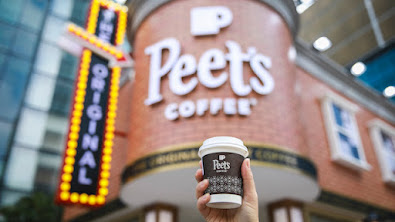- 5% initial position for a company incorporated in a developed market
- 2% initial position for a company incorporated in an emerging market
My old position sizing system was a two percent initial buy plus an additional two percent later for companies incorporated in a developed market. I usually did this second buy after a few months of holding the first portion. The purpose of this lag was to get comfortable with the company in the meantime. Sometimes, I did not get such comfort and sold the share. Similarly, I bought half percent positions plus a half percent later on in emerging market companies. It was a careful start because I started a whole new portfolio. However, I ended up holding 75 shares. There is no way to follow 75 companies as a part-time private investor.
There is a lot of research addressing the proper diversification of a stock portfolio. I believe the picture below illustrates somewhat of a consensus conclusion.
We can see that a portfolio with only one stock results in a huge standard deviation of its annual returns. Adding one stock reduces this standard deviation considerably. Assuming that the added stocks are equally weighted, the variability of the total portfolio goes down as we add more stocks. At some point, let's say at 25 stocks where the arrow is placed in the graph, adding stocks does not reduce variability in any significant way.
The graph is compiled by looking at a large number of portfolios. We are looking at reality, not a theory. Nevertheless, this perspective on diversification is debated. Many value investors argue that variability does not represent risk; only permanent loss of capital does. The number of shares does not matter either, but rather how confident you are about the business prospects of the underlying companies after intense research. Charlie Munger was not afraid to hold only three shares. However, I do not have the quality of information, insight, experience, and advisors that Charlie Munger had access to. For now, I will go with the traditional concept of risk as expressed by the diversification graph above.
In any case, I was severely over-diversified, holding 75 shares. It will be nearly impossible to beat an index fund with so many shares. I already experienced that a very successful 0.5% position, such as my triple return with Luckin Coffee, will barely affect my overall portfolio performance. I concluded that my 1% positions in emerging markets China, Thailand, Malaysia and Indonesia did not make sense. I decided to take 5% positions in Malaysian companies from now on. For China, Thailand, Indonesia, and other emerging markets I will allocate 2% per company. That is still a small allocation, but I currently do not have the confidence to take a 5% position per company in these markets.
The reorganization
After deciding on my new position sizing rules, it was time to take action. I sold off a bunch of shares where I did not have the conviction to top them up to 5% or to 2% for a range of different reasons. This was a useful exercise in itself. I increased the allocations of all the remaining holdings, except for Greggs, ABF, Reckitt and Haleon, which already got too expensive. In the case of turn-around situation LG H&H, I want to wait for the Q4 2023 results. With the reorganization mostly done, I own 25 shares now.
Further concentration?
Looking at the chart above, I could reduce my 25 positions further to 10 positions. The variability of the portfolio as a whole would not increase that much. I could start with taking 5% positions to 10% where I feel confident that a company is extremely undervalued, such as Boustead Singapore and Ibersol. However, from my past experiences as an investor, I have learned that my ex-ante level of confidence is often misplaced and irrelevant. There is no correlation between my level of confidence in a share pick and the subsequent performance of that share.
As an example, my current best performers are Exotic Food PCL, Tianjin Pharmaceutical Da Ren Tang Group Corp Ltd and Associated British Foods PLC. I would never have guessed these picks as being my winners two years ago. I would probably have guessed Alibaba or Tencent then. Without a mechanical allocation system, I would have doubled down on these two stocks. This doubling-down behaviour is known as Get‐Evenitis or, more officially, loss-aversion bias. A mechanical sizing system is an antidote to this bias. It saved me from a bigger disaster in the Chinese tech space.
Hence, I will stick to my mechanical allocation system. Should I ever change the current 5% and 2% sizing numbers, it will be wise to apply the new rules to all my shares, not to a selection.
Disclosure: long position in all the shares mentioned, except Alibaba, Tencent, Tianjin Pharmaceutical Da Ren Tang Group Corp Ltd and Luckin Coffee, which I sold off











